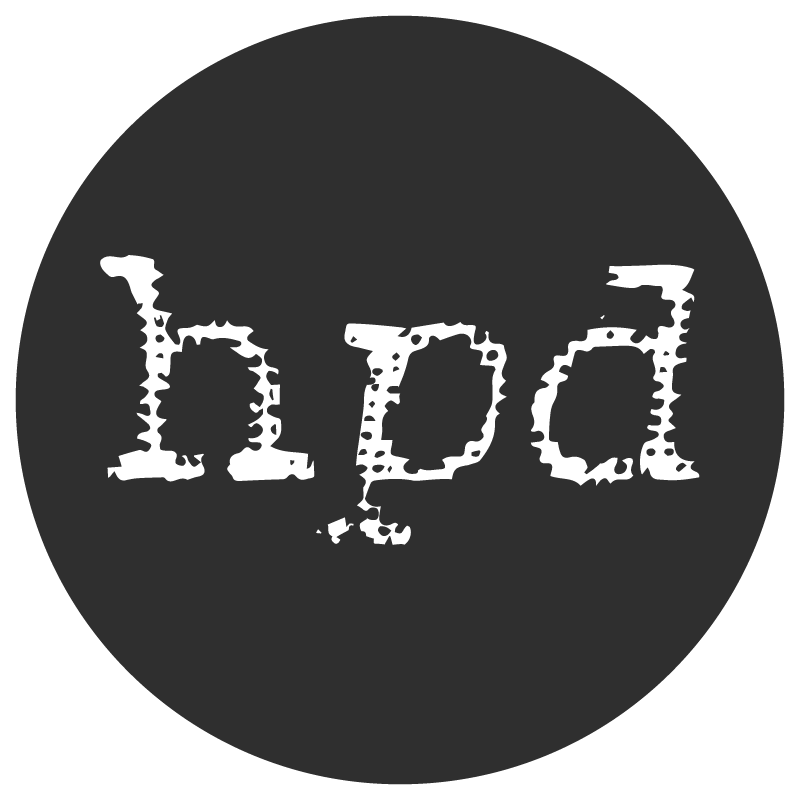From December 16-18, 2013 an Italian-German workshop, “Da Hegel ad oggi. Sviluppi della riflessione estetica tedesca e italiana dopo la morte dell’arte. / Von Hegel bis heute. Entwicklung der deutschen und italienischen Ästhetik nach dem Ende der Kunst,“ was held in Rome (see our previous post – link). Prominent philosophers and young researchers participated in the workshop and delivered talks mainly focused on the end of art and its developments after Hegel.
All contributions will be collected in a volume that will be published in German by Wilhelm Fink Verlag and in Italian by a publisher, yet to be determined.
We are pleased to host the abstracts of some of the conference talks on our website.
We continue the series with the abstract of a young researcher, M. A. Johannes Korngiebel, “Schlegel and Hegel on Aesthetics from a Religion-Philosophical Perspective”.
Previous entries:
***
Johannes Korngiebel
Schlegel and Hegel on Aesthetics from a Religion-Philosophical Perspective
Abstract:
This paper examines the relationship between aesthetics and religion and compares Hegel’s theory of the ‘end of art’ with the corresponding position in the late work of Friedrich Schlegel. To this end, Schlegel’s late Catholic aesthetics is reconstructed on the basis of his lectures on The Philosophy of Life (Vienna 1827). In this context the theory of the symbol takes centre stage. A short digression on the development of Schlegel’s concept of the symbol demonstrates how central it is to Schlegel’s whole thought. Crucial here is the observation that the symbol receives a functional significance as indirect reference to the infinite. Transferred to art this means that art consists essentially “in the relation to the whole”. A religious connotation is already attached to this. This is reinforced in the course of Schlegel’s conversion to the Catholic faith. Whereas in his early work the talk was still of a religion of art, the abstract infinite is replaced (at the latest after 1804) by a positive concept of God. This also effects the central inversion of the relationship of aesthetics to religion: whereas in the context of early romantic thought religion was still clearly subordinate to aesthetics, exactly the reverse is true for Schlegel’s late work. This also has far-reaching consequences for the theory of art. It is now restricted to Christian religious content and the multi-perspectivism of the early romantics, the plurality of symbols, is consequently abolished in favour of a conventional traditional symbol system. Although the fundamental character of aesthetics as symbolism remains, it is reduced to the status of handmaiden of religion. Finally, the paper compares this model with Hegel’s aesthetics. Striking parallels come to light with regard to the systemization of the arts given by these two thinkers. Even the thesis of the ‘end of art’ can be made productive in a sense for Schlegel. The key difference, however, consists in the concept of a strictly regimented Christian religious art on the one hand (Schlegel) and the decidedly free romantic art form on the other hand (Hegel), which corresponds to the contrast between a philosophy of revelation and a philosophy of reason.
Johannes Korngiebel, born in 1986 in Weimar, studied philosophy and history of culture at the Friedrich-Schiller-University of Jena and the Università degli Studi di Padova (Italy). In March 2013 he graduated with a double-degree Master of Arts. At present he is an academic member of the “Forschungsstelle Europäische Romantik Jena” and the “Kolleg Friedrich Nietzsche Weimar”. In October 2013 he began his doctoral thesis on “Friedrich Schlegels Jenaer Vorlesung zur Transcendentalphilosophie (1800/01)”. Since then he is also a visiting lecturer at the Institute of Philosophy at the University of Jena.
Printable Version
